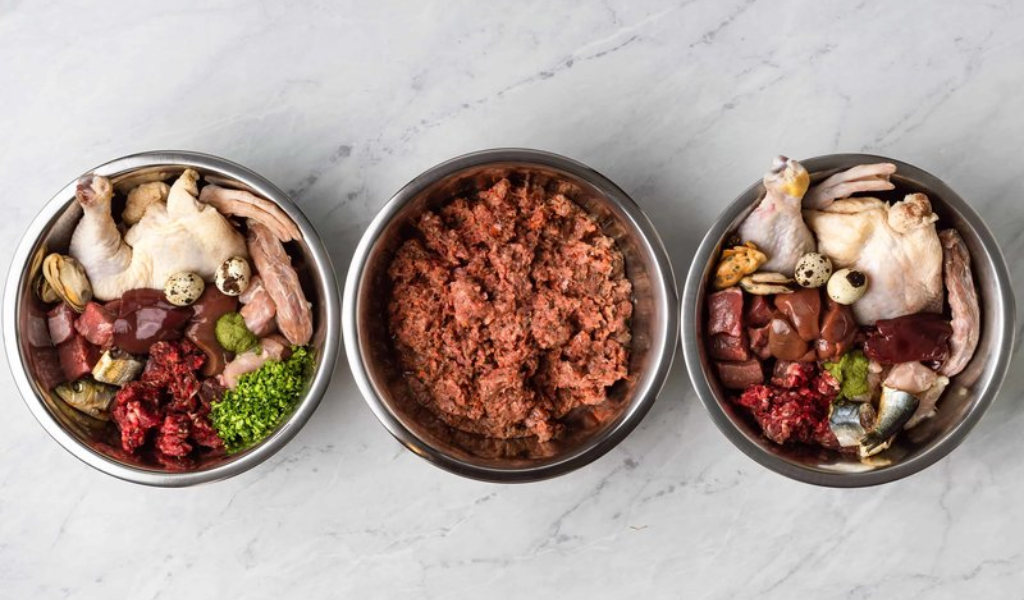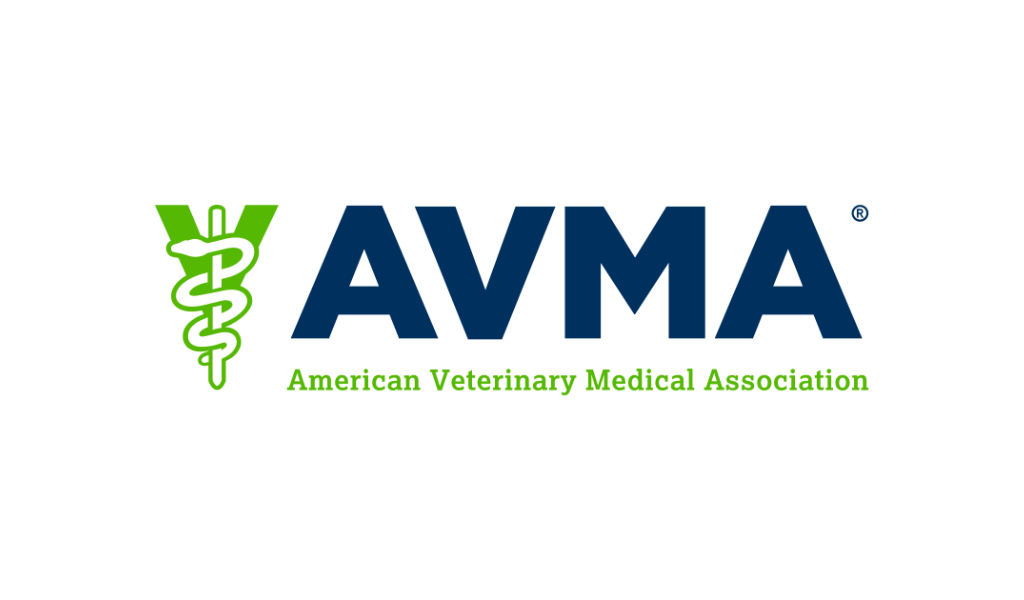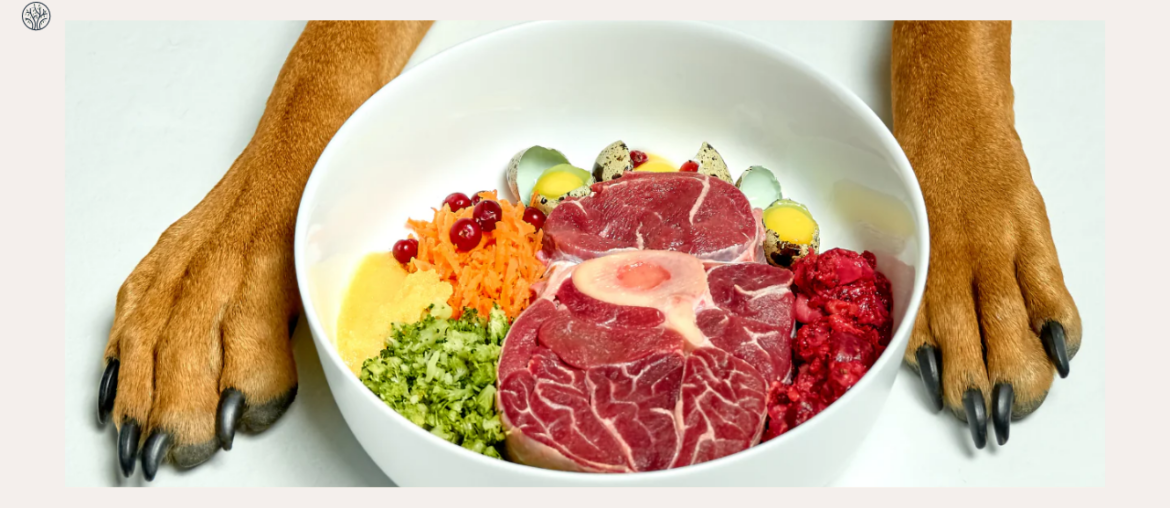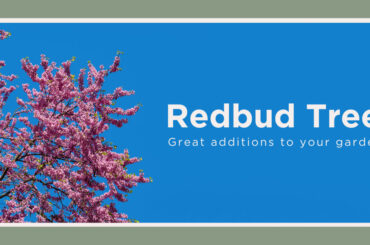If you are a dog owner, you may have heard of the raw feeding trend gaining popularity these days. But is raw feeding good for dogs? What are the benefits and drawbacks of this approach? And do vets recommend it? Get ready to uncover all the answers and explore if raw dog food diets are the perfect fit for your furry buddy!
About Dog Raw Feeding
Raw feeding, also known as the BARF diet (Bones and Raw Food or Biologically Appropriate Raw Food), is a way of feeding your dog that mimics the natural diet of wild canines. Feeding your dog a raw diet means providing him with a diet including mainly raw meat, bones, organs, and some fruits and vegetables.

The idea behind raw feeding is that this is what dogs evolved to eat. It gives them all the nutrients they need in their most natural and digestible way.
This approach arises as many pet owners believe that commercial dog foods are highly processed and contain artificial additives and preservatives. They think these lack the enzymes and antioxidants available in raw foods.
A typical food diet for dogs includes:
- Muscle meat, often still on the bone
- Bones, either whole or ground
- Organ meats such as livers and kidneys
- Raw eggs
- Vegetables like broccoli, spinach, carrots, parsley, etc.
- Fruits like apples, berries, bananas, etc.
- Other supplements such as fish oil, probiotics, vitamins, etc.
Some raw feeders also include dairy products, grains, nuts, seeds, and more in their dogs’ diets, based on their preferences and beliefs. There is no one-size-fits-all recipe for raw feeding, and each dog has different needs and tastes. Therefore, remember to choose high-quality raw food for your companion carefully.
Is Raw Feeding Good for Dogs?

The answer to this question is not simply yes or no, as raw feeding your furry friend has both pros and cons. Let’s start with the benefits of raw feeding:
Benefits
- Weight control: Feeding your dogs a raw diet keeps them at a healthy weight. These meals have fewer calories and more protein than the processed kind. They help your furry pal feel full and build up their muscles. Also, they have more water and fiber, helping your dog stays hydrated and keeping their tummy pleased.
- Shinier coats: One of the most observable benefits of raw feeding is that it makes your dog’s coat lustrous and softer. Explain this fact; raw foods contain natural oils and fats that nourish your pet’s skin and hair. They also provide vital fatty acids such as omega-3 and omega-6, which reduce dryness, itching, and inflammation.
- Cleaner teeth: When dogs chew on meaty bones, it’s like a workout for their gums and teeth. The bone’s rough surface scrapes off dirty stuff on their teeth. Even ground raw diets are good because the natural enzymes in the meat and the fact that raw diets don’t stick to teeth like starchy foods can help prevent tartar buildup.
- Health advantages: Many raw feeders claim that feeding your pet raw diets can improve their overall health and well-being. Some reported benefits are reduced allergies, enhanced immune system, etc. However, it’s worth noting that these claims are mostly from personal stories rather than scientific studies.
Drawbacks
- Choking risk: One of the biggest risks is that your dog may choke on or injure himself with bones. Bones can splinter or break into sharp pieces that damage your pet’s mouth, throat, stomach, or intestines. To prevent this, observe your dog when he eats bones, choose bones with the proper size, and avoid cooked bones.
- Harmful bacteria: Your dog might get sick from bacteria or bugs that sometimes appear in raw meat or eggs. These make your dog have diarrhea, throw up, feel hot, or even worse, infections like salmonella or e.coli. The worst thing is it can spread to people and affect us directly. Remember to wash your hands and what you use after touching raw food. Also, keep the pet food in the fridge, and throw out any leftover food within a day.
- Unbalanced diet: Raw foods might not have enough calcium, iron, iodine, vitamin D, and other essential nutrients to keep your dog healthy. It affects your dog’s growth, development, reproduction, and overall health. Thus, ask a veterinarian or a canine nutritionist before starting, and follow a nutritionally balanced diet.
- Time and money requirements: Compared to the Kibble diet, raw feeding needs more getting ready, storing, and cleaning up. Plus, you have to get premium raw food from reliable places – which takes time and costs money. So, raw feeding is not the best choice if you’re busy, have a limited budget, or often go on trips with your dog.
Do Vets Recommend Raw Dog Food?

The opinions of vets on raw dog food vary widely. Some support raw feeding and even recommend it for certain dogs or conditions. Meanwhile, others are skeptical or opposed to this dog food diet and warn pet owners about the potential risks and complications.
American Veterinary Medical Association (AVMA) does not endorse raw feeding and advises against it. They mention the lack of scientific proof and the possible health. Besides, the AVMA knows many pet parents follow raw diets, encouraging them to consult with their vets and follow safe handling practices.
Expert tips: Yumwoof’s dog food mix is the easiest way to make homemade diets for your dogs. This product is tasty, healthy, and costs 70% less than other options. Explore more about this brand in our detailed review. Make it cheaper with these incredible coupons and deals.
Final Verdict
We’ve answered your question: “Is raw feeding good for dogs?” and discussed this approach’s pros and cons. Overall, raw diets are a personal choice that depends on your dog’s needs, preferences, and lifestyle.
If you are considering raw dog food, you should research, weigh the pros and cons, and consult an expert who guides you through the process. Remember, raw feeding can be a beneficial way of feeding your furry friend, but it also requires careful planning, preparation, and monitoring to ensure your dog’s health and safety.





